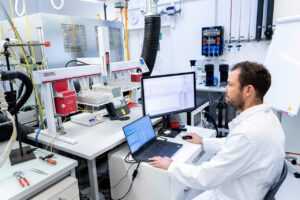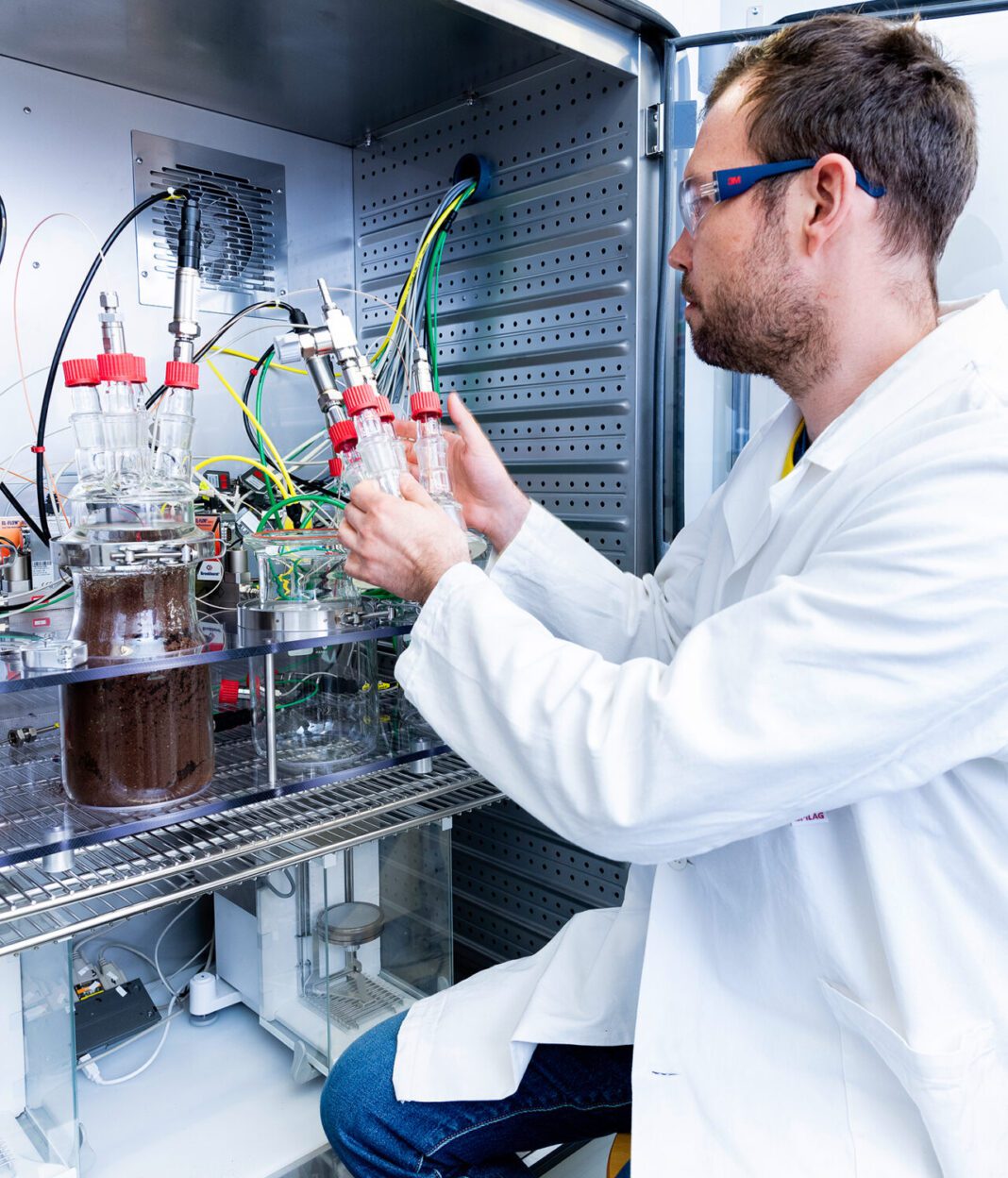MILAN – Samo Smrke, doctor at ZHAW Zurich University of Applied Sciences is an expert guide to what lies behind the cup, or perhaps it would be more accurate to say inside the cup: chemistry, science, sensory analysis of this drink, starting with a look at the origin of the grain and the plant, are all starting points for discussion with this professional who answered our questions.
Smrke, let’s start from coffee acidity: what about this complex theme and what are the main misunderstandings around that?
“The complexity of coffee acidity comes from two sides. First is the way we perceive acidity – acid molecules need to move into out receptor cells and cause an acid-base neutralisation reaction inside the cell. This is not as a defined process as for example a pH measurement where we measure a concentration of hydronium ions by a pH sensor. What doesn’t help with understanding the whole story is the fact that coffee has a very complex acid composition.
Some of the main misunderstandings are that when we perceive coffee as citric, this doesn’t necessary mean that this coffee has only citric acid for acidity. Coffees have a varying acid composition, but all contain for example malic and citric acid. A Brazilian natural coffee might have more citric acid than a Kenyan washed, but is not as acidic in terms of total acidity and beverages brewed with a Brazil natural will have a higher pH than those brewed from a Kenyan coffee.”
In an ideal coffee extraction, how much does the tamping phase influence? How should baristas do It?
“Tamping is absolutely crucial for an espresso extraction. Without tamping the pressure of the water flow from the machine will work unevenly on the coffee and create channels where coffee will be extracted, but some other parts of the coffee will not be extracted. The purpose of tamping (and “puck preparation” before) is to create a coffee bed that can be homogenously extracted. A surprisingly small force is needed to compact the coffee during tamping.
Our experiments have shown that a 6 kgF (kilogram force) will produce enough force for the basic parameters of coffee (TDS, extraction yield, acidity) to be comparable to strong tamping at 20 kgF. However, the extraction dynamics in terms of flow rate were not exactly stable yet at 6 kgF, after 10kgF or higher we could not measure any difference between different tamping forces.
Experimental data indicates, that it is not that important how strong the tamping is done. In my opinion it is more important that the tamping is levelled, and even more important is the “puck preparation” in terms of using a good distribution technique. A well distributed coffee in a portafilter tamps much easier.”
Smrke, how could you define quality in the different stages of coffee, from the green bean, to roasted, beverage and in the final shelf Life?
“Every step in the coffee production value chain counts in the quality of the final beverage. Whenever a step was done incorrectly, any downstream process will not be able to recover the loss of quality. For example, if a coffee was roasted with a roast defect, no matter how we grind and extract it, we will not bring the quality back. It all starts with agriculture and ends with drinking a beverage. This is the beauty of coffee, and is the reason why education in coffee is so important.
Steps in in the coffee value chain have measures where quality can be defined. However, there are very little standards available. We all know the Q-grading score for the quality of green coffee, which is probably the only standard that defines quality. In other areas quality is mainly defined by experience or by internal company protocols (for example quality control at a roaster). There are ways to keep quality high, prevent oxidation of roasted beans by nitrogen flushing coffee bags, as an example, but there is no standard definition.
It too much depends on the usage. For example, a specialty roaster that expects customers to use the coffee within two weeks, doesn’t need high-tech coffee packaging, but if a coffee is expected to sit on a supermarket shelf for 6 months, then appropriate packaging is needed.”
What about CO2 in coffee and the degassing process?
Smrke: “The role of CO2 is multiple in coffee. It is the reason that the coffee is degassing after roasting and coffee packaging needs to have a one way valve installed, otherwise the packaging could burst. Similar for capsule production, there is a degassing step in the production to release CO2 from coffee to avoid pressure build up inside capsules.

CO2 also has an important role in extraction. It is very important for the crema formation on the espresso beverage and also interferes with the espresso extraction dynamics.”
Can we make some clarifications on the maillard reaction and the arousing worrying of consumers regarding the acrylamide contents in coffee?
“Acrylamide falls under the category of process induced toxicants in coffee. These are molecules that are known to be toxic and are produced by the process. In case of acrylamide it is maybe present in light roasted coffee and degrades in dark roasts. However, another process induced toxicant, furan is predominantly present in dark roasted coffee.
It is a not possible to avoid both of them by roasting. Despite coffee containing these, and also other compounds that would be toxic in high concentration, there has been no link of coffee with negative health effects. Quite the contrary, studies have shown drinking 3-5 cups of coffee is beneficial for the health. It seems that because of the low concentrations of toxicants they do not affect the body and drinking coffee has generally positive health effect.”
Smrke, let’s finisch with the capsule chapter: you have developed a study regarding the quality extraction with this method. Can you share with us some considerations about this topic?
“Production of capsules for a successful extraction is quite challenging. The main problem is that the margin of error is quite narrow and every parameters needs to be well controlled to produce a good extraction. After we have a capsule we pretty much can’t control anything regarding the coffee, can just extract it. Therefore, it is very crucial that the green coffee selection, roasting, grinding and packaging is done in a way that delivers quality to the consumer. We have studied a large range of Nespresso and Nespresso compatible capsules from the market and were looking for which parameters really affect the extraction from capsules.
We have found that in particular the grinding has a high impact. The share of fines (particles in the ground coffee smaller than 0.1mm) has a very strong impact on the extraction time. The more of the fines is in the capsule, the slower will the extraction be. This come with a problem, since capsules contain only up to 6 g of coffee, and we would like to have a strong espresso-like beverage (with high TDS), the only way to reach this is by grinding as fine as possible. Grinding finer increases the extraction efficiency (yield) and therefore a stronger beverage can be produced.
However, grinding too fine produces fines, which can cause a blockage of extraction, or too long extractions (up to a minute for some products). Hence, for optimum extraction there is a narrow sweet spot between maximising the load of coffee in the capsule, minimizing the grind size, without running into trouble with too long extraction. The best way to reach this is to use high-end grinding solutions, such as 3-stage roller grinders, which produces significantly less fines compared to a traditional burr grinder.”










